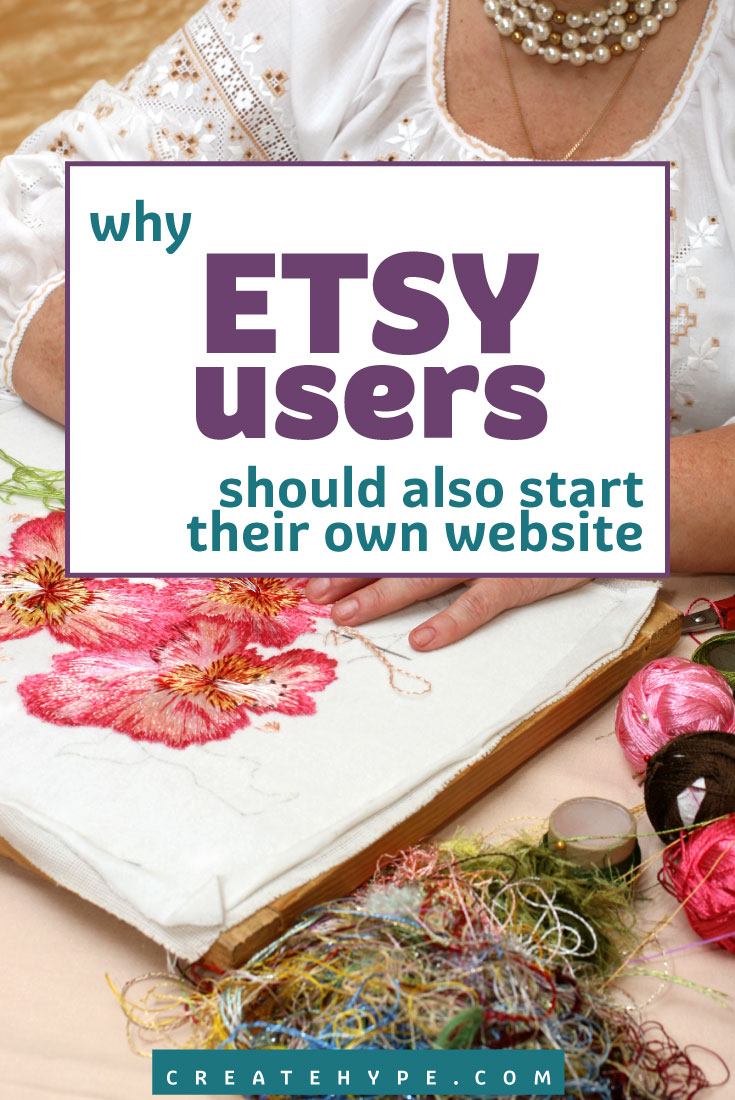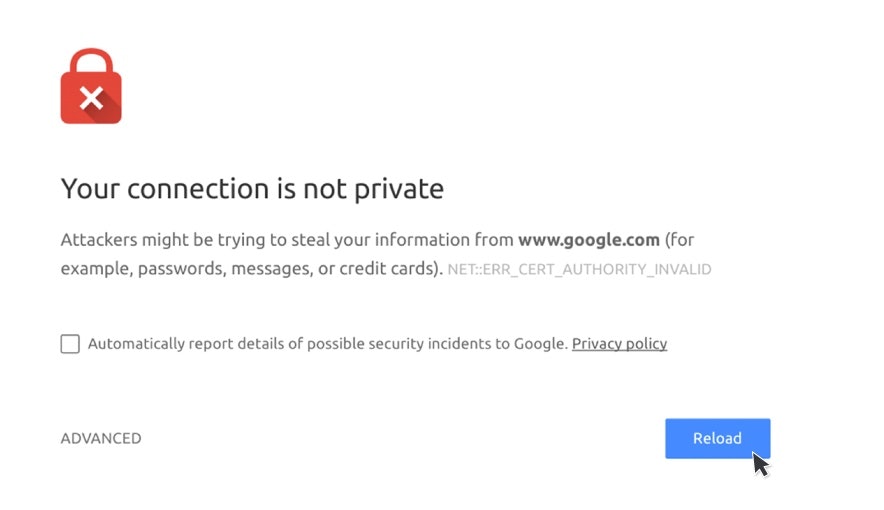What is Etsy and How Does it Work?
Etsy is a popular online marketplace that specializes in handmade, vintage, and unique items. The platform allows artists and makers to set up virtual stores and sell their goods to a global audience. With over 90 million active buyers and sellers, Etsy has become a go-to destination for those looking for one-of-a-kind items. But is Etsy a real website? To answer this question, it’s essential to understand how the platform works.
Etsy was founded in 2005 and has since grown into a publicly-traded company. The website allows sellers to create virtual stores and list their items for sale. Buyers can browse through various categories, including clothing, jewelry, home decor, and more. The platform also features a robust search engine, making it easy for buyers to find specific items.
One of the key features that sets Etsy apart from other online marketplaces is its focus on handmade and unique items. Sellers are required to follow strict guidelines to ensure that their items are authentic and of high quality. This focus on quality has helped to build trust among buyers and has contributed to the platform’s success.
So, is Etsy a real website? Based on its history, growth, and focus on quality, it’s clear that Etsy is a legitimate online marketplace. But what about the concerns surrounding the platform’s authenticity? In the next section, we’ll delve into the evidence that supports Etsy’s legitimacy and address common misconceptions about the platform.
Separating Fact from Fiction: Is Etsy a Legitimate Website?
As with any online marketplace, there may be concerns about the legitimacy of Etsy. Is Etsy a real website? To answer this question, it’s essential to examine the platform’s history, growth, and current status. Founded in 2005, Etsy has grown into a publicly-traded company with a market capitalization of over $10 billion. This level of growth and success is a testament to the platform’s legitimacy.
Etsy’s legitimacy is also supported by its secure payment systems. The platform uses industry-standard HTTPS encryption to protect buyer and seller information. Additionally, Etsy offers a range of payment options, including credit cards, PayPal, and Apple Pay. This flexibility and security provide buyers with confidence when making purchases on the platform.
Another factor that contributes to Etsy’s legitimacy is its trusted seller policies. The platform has a strict set of guidelines that sellers must follow to ensure that their items are authentic and of high quality. This includes policies against counterfeit and prohibited items, as well as a system for reporting and addressing any issues that may arise.
Furthermore, Etsy’s commitment to transparency and accountability is evident in its publicly available policies and procedures. The platform provides clear guidelines for buyers and sellers, as well as a comprehensive FAQ section that addresses common questions and concerns.
While some may still wonder, “Is Etsy a real website?”, the evidence suggests that it is indeed a legitimate online marketplace. With its secure payment systems, trusted seller policies, and commitment to transparency and accountability, Etsy provides a safe and trustworthy environment for buyers and sellers to connect and do business.
How to Verify a Website’s Authenticity: A Step-by-Step Guide
When it comes to online marketplaces like Etsy, it’s essential to verify the website’s authenticity to ensure a safe and secure shopping experience. But how can you do this? Here’s a step-by-step guide to help you verify the authenticity of any website:
Step 1: Check for HTTPS Encryption
Look for the “HTTPS” prefix in the website’s URL, which indicates that the site is using a secure connection. This is especially important when making purchases online, as it ensures that your personal and payment information is protected.
Step 2: Read Reviews and Ratings
Check out reviews and ratings from other customers to get an idea of the website’s reputation. Look for reviews on multiple platforms, such as Trustpilot, Sitejabber, or Google Reviews. Be wary of fake reviews, and pay attention to the overall rating and any red flags.
Step 3: Research the Company’s Physical Address and Contact Information
A legitimate website should have a physical address and contact information, such as a phone number and email address. Research the company’s address to ensure it’s a real location, and try contacting them to see if they respond promptly.
Step 4: Check for Trust Badges and Certifications
Look for trust badges and certifications, such as the Better Business Bureau (BBB) or VeriSign, which indicate that the website has met certain standards for security and
How to Verify a Website’s Authenticity: A Step-by-Step Guide
When it comes to online marketplaces like Etsy, it’s essential to verify the website’s authenticity to ensure a safe and secure shopping experience. But how can you do this? Here’s a step-by-step guide to help you verify the authenticity of any website:
Step 1: Check for HTTPS Encryption
Look for the “HTTPS” prefix in the website’s URL, which indicates that the site is using a secure connection. This is especially important when making purchases online, as it ensures that your personal and payment information is protected.
Step 2: Read Reviews and Ratings
Check out reviews and ratings from other customers to get an idea of the website’s reputation. Look for reviews on multiple platforms, such as Trustpilot, Sitejabber, or Google Reviews. Be wary of fake reviews, and pay attention to the overall rating and any red flags.
Step 3: Research the Company’s Physical Address and Contact Information
A legitimate website should have a physical address and contact information, such as a phone number and email address. Research the company’s address to ensure it’s a real location, and try contacting them to see if they respond promptly.
Step 4: Check for Trust Badges and Certifications
Look for trust badges and certifications, such as the Better Business Bureau (BBB) or VeriSign, which indicate that the website has met certain standards for security and
How to Verify a Website’s Authenticity: A Step-by-Step Guide
When it comes to online marketplaces like Etsy, it’s essential to verify the website’s authenticity to ensure a safe and secure shopping experience. But how can you do this? Here’s a step-by-step guide to help you verify the authenticity of any website:
Step 1: Check for HTTPS Encryption
Look for the “HTTPS” prefix in the website’s URL, which indicates that the site is using a secure connection. This is especially important when making purchases online, as it ensures that your personal and payment information is protected.
Step 2: Read Reviews and Ratings
Check out reviews and ratings from other customers to get an idea of the website’s reputation. Look for reviews on multiple platforms, such as Trustpilot, Sitejabber, or Google Reviews. Be wary of fake reviews, and pay attention to the overall rating and any red flags.
Step 3: Research the Company’s Physical Address and Contact Information
A legitimate website should have a physical address and contact information, such as a phone number and email address. Research the company’s address to ensure it’s a real location, and try contacting them to see if they respond promptly.
Step 4: Check for Trust Badges and Certifications
Look for trust badges and certifications, such as the Better Business Bureau (BBB) or VeriSign, which indicate that the website has met certain standards for security and
How to Verify a Website’s Authenticity: A Step-by-Step Guide
When it comes to online marketplaces like Etsy, it’s essential to verify the website’s authenticity to ensure a safe and secure shopping experience. But how can you do this? Here’s a step-by-step guide to help you verify the authenticity of any website:
Step 1: Check for HTTPS Encryption
Look for the “HTTPS” prefix in the website’s URL, which indicates that the site is using a secure connection. This is especially important when making purchases online, as it ensures that your personal and payment information is protected.
Step 2: Read Reviews and Ratings
Check out reviews and ratings from other customers to get an idea of the website’s reputation. Look for reviews on multiple platforms, such as Trustpilot, Sitejabber, or Google Reviews. Be wary of fake reviews, and pay attention to the overall rating and any red flags.
Step 3: Research the Company’s Physical Address and Contact Information
A legitimate website should have a physical address and contact information, such as a phone number and email address. Research the company’s address to ensure it’s a real location, and try contacting them to see if they respond promptly.
Step 4: Check for Trust Badges and Certifications
Look for trust badges and certifications, such as the Better Business Bureau (BBB) or VeriSign, which indicate that the website has met certain standards for security and
How to Verify a Website’s Authenticity: A Step-by-Step Guide
When it comes to online marketplaces like Etsy, it’s essential to verify the website’s authenticity to ensure a safe and secure shopping experience. But how can you do this? Here’s a step-by-step guide to help you verify the authenticity of any website:
Step 1: Check for HTTPS Encryption
Look for the “HTTPS” prefix in the website’s URL, which indicates that the site is using a secure connection. This is especially important when making purchases online, as it ensures that your personal and payment information is protected.
Step 2: Read Reviews and Ratings
Check out reviews and ratings from other customers to get an idea of the website’s reputation. Look for reviews on multiple platforms, such as Trustpilot, Sitejabber, or Google Reviews. Be wary of fake reviews, and pay attention to the overall rating and any red flags.
Step 3: Research the Company’s Physical Address and Contact Information
A legitimate website should have a physical address and contact information, such as a phone number and email address. Research the company’s address to ensure it’s a real location, and try contacting them to see if they respond promptly.
Step 4: Check for Trust Badges and Certifications
Look for trust badges and certifications, such as the Better Business Bureau (BBB) or VeriSign, which indicate that the website has met certain standards for security and
How to Verify a Website’s Authenticity: A Step-by-Step Guide
When it comes to online marketplaces like Etsy, it’s essential to verify the website’s authenticity to ensure a safe and secure shopping experience. But how can you do this? Here’s a step-by-step guide to help you verify the authenticity of any website:
Step 1: Check for HTTPS Encryption
Look for the “HTTPS” prefix in the website’s URL, which indicates that the site is using a secure connection. This is especially important when making purchases online, as it ensures that your personal and payment information is protected.
Step 2: Read Reviews and Ratings
Check out reviews and ratings from other customers to get an idea of the website’s reputation. Look for reviews on multiple platforms, such as Trustpilot, Sitejabber, or Google Reviews. Be wary of fake reviews, and pay attention to the overall rating and any red flags.
Step 3: Research the Company’s Physical Address and Contact Information
A legitimate website should have a physical address and contact information, such as a phone number and email address. Research the company’s address to ensure it’s a real location, and try contacting them to see if they respond promptly.
Step 4: Check for Trust Badges and Certifications
Look for trust badges and certifications, such as the Better Business Bureau (BBB) or VeriSign, which indicate that the website has met certain standards for security and







